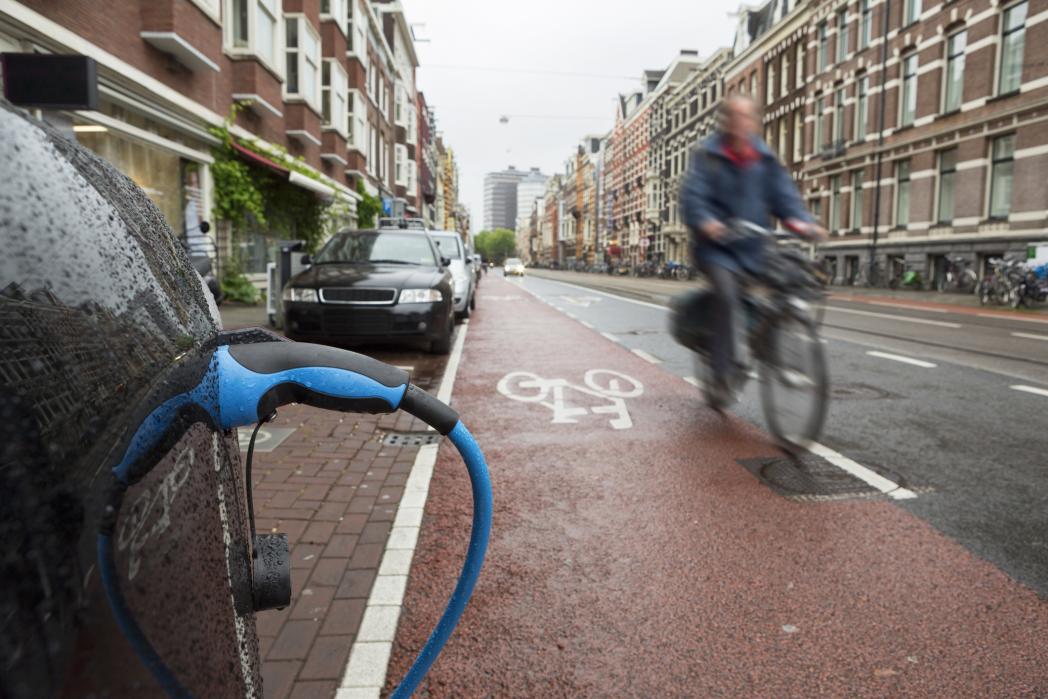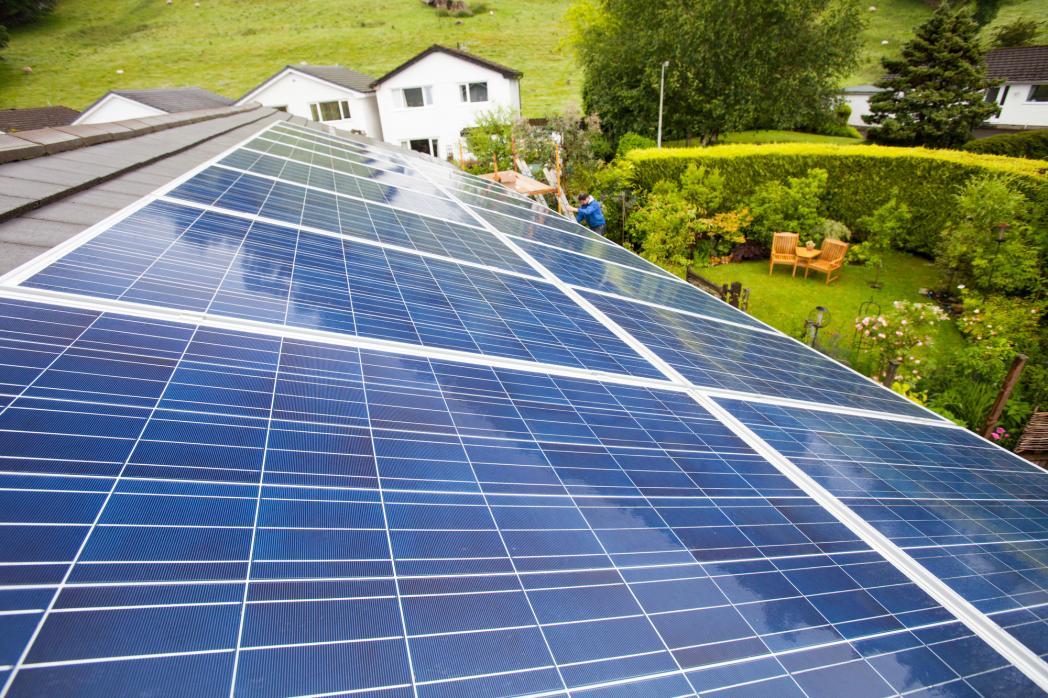Why go for an electric car?
First of all, let’s talk about why you might want to buy an electric vehicle (EV). As well as being better for the environment, EVs are also just better cars than their fossil fuelled equivalents. As well as accelerating more quickly, they have nearly no internal moving parts. This reduces both noise and wear and tear, which means lower maintenance costs.
But it’s the running costs that really make the difference. Cleaner vehicles can be anywhere from a third to 90% cheaper to run than their fossil fuelled equivalents. In fact, some energy suppliers are starting to offer completely free charging in exchange for using some of their spare battery power at peak times.
So if you’ve taken the plunge and got an electric car – how do you charge it with green energy?

Plug straight in to renewables
The most obvious answer is to plug your car straight into solar panels or a wind turbine. And this is doable. For example, this charge point in Sheffield describes itself as the UK’s “first fully integrated solar PV, storage and EV charging hub”. There’s another good one just down the road from Reading’s football stadium, connected directly to a wind turbine.
But of course most EV charging is done at home, which is one of the things that makes them so convenient. Domestic solar and EVs are a match made in heaven. One of the main headaches for households with solar on the roof is how to make sure they use all their solar electricity when it’s sunny, to save as much money and carbon as possible. EV charging is a fantastic way to do this. The same is also true of solar offices (like WWF’s). Workplace charging will be really important as EV numbers increase.
Get a green tariff
Not every home is suitable for solar though, so another option is to get a green tariff. However, these aren’t quite as simple as they seem. It’s tempting to imagine that National Grid has buttons and levers it can push and pull to send renewable electricity to some customers and dirty electricity to the rest, but that’s not really how it works. Most green tariffs work by your energy company matching your energy usage with an equivalent amount of energy they have either bought or generated from renewable sources.
The more people who switch to green tariffs, the greater the incentive to invest in renewable energy projects. So green tariffs are great, but even with green tariffs it’s still vital to ensure you’re using energy efficiently, minimising energy waste and being smart with when you use energy to reduce the need for fossil fuels.

Time your charging with our green energy forecast
The third option is to set your car to charge when the electricity grid itself is greenest. With more energy coming from sources that depend on the weather – like wind and solar – and less coming from fossil fuels, the “greenness” of the grid (known as “carbon intensity”) goes up and down throughout the day.
WWF, working with National Grid and Environmental Defense Fund Europe, has developed a tool that crunches lots of energy and weather data to tell people how green or dirty the grid will be up to two days ahead. We’ve built a web-based widget that shows you the best times to switch on and switch off electrical appliances (like EV charges) over the next 24 hours.
This helps relieve strain on the electricity grid and reduces the need to use those back-up fossil fuel plants, which is a win-win for both energy security and climate change. It could potentially save you money as well if you’re on a time of use tariff, where the price you pay for electricity fluctuates throughout the day. These tariffs are quite niche at the moment, but are expected to really take off in the next couple of years, alongside smart meters, smart home energy systems and electric cars.
Best of all, if your electric car is “vehicle-to-grid” capable, you could even be paid money back for giving a bit of your battery charge back to the grid during those high-carbon periods.
 Here are 10 myths about climate change
Here are 10 myths about climate change
 Our fight against climate change and global warming
Our fight against climate change and global warming
 We can fight the climate crisis together
We can fight the climate crisis together
 How we're promoting sustainable living
How we're promoting sustainable living